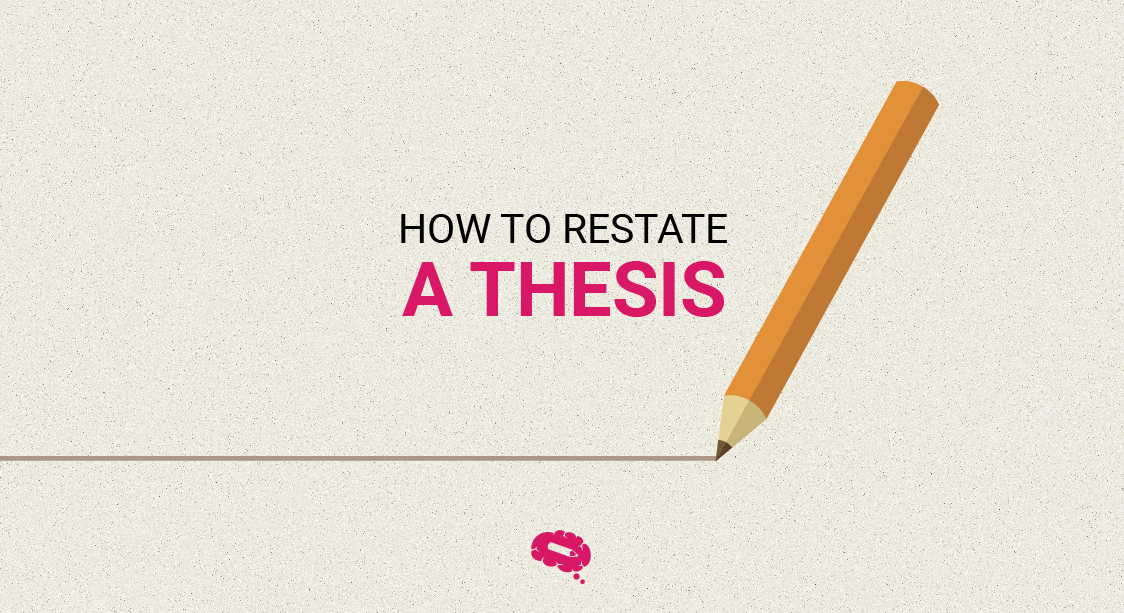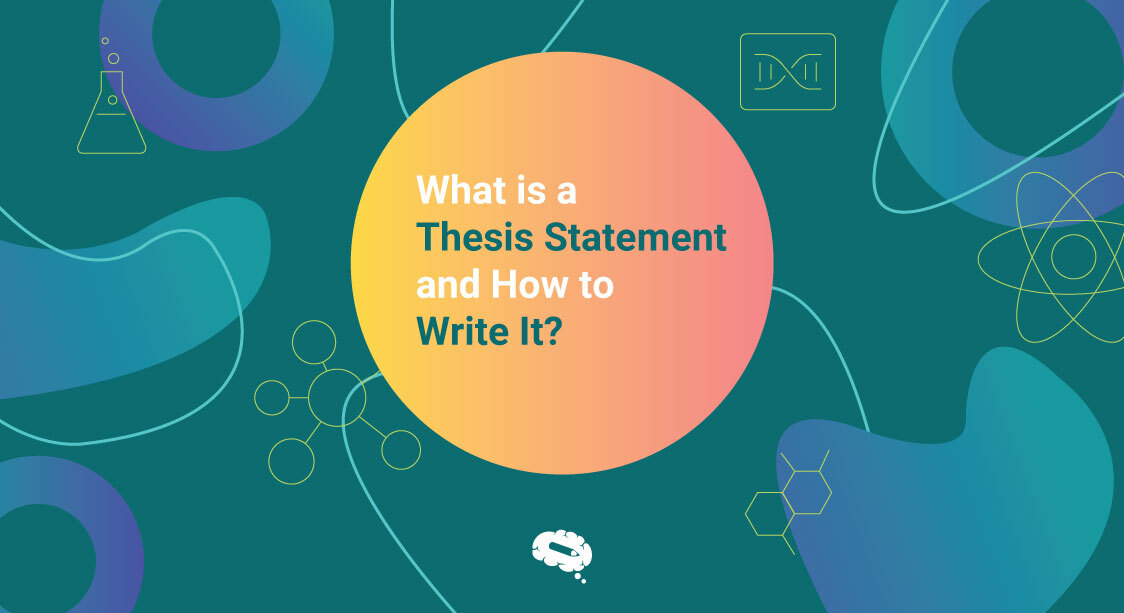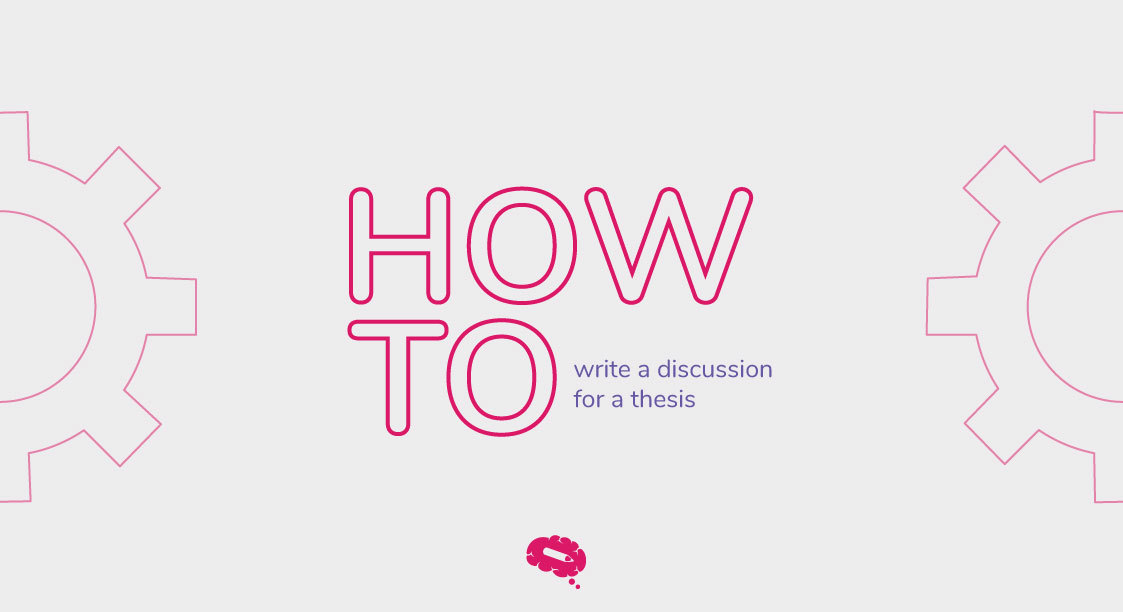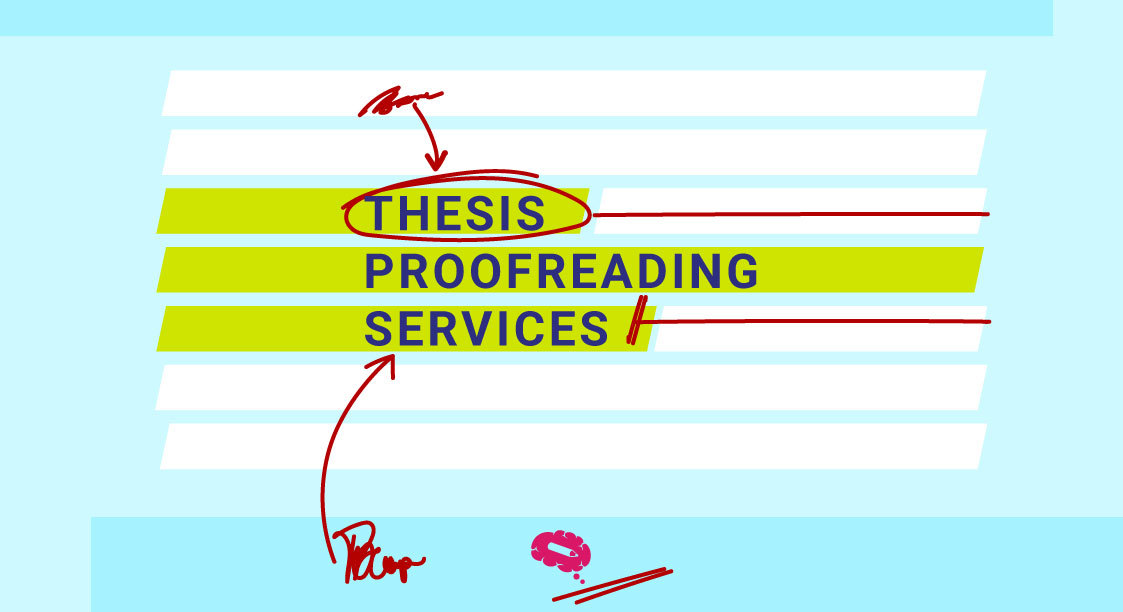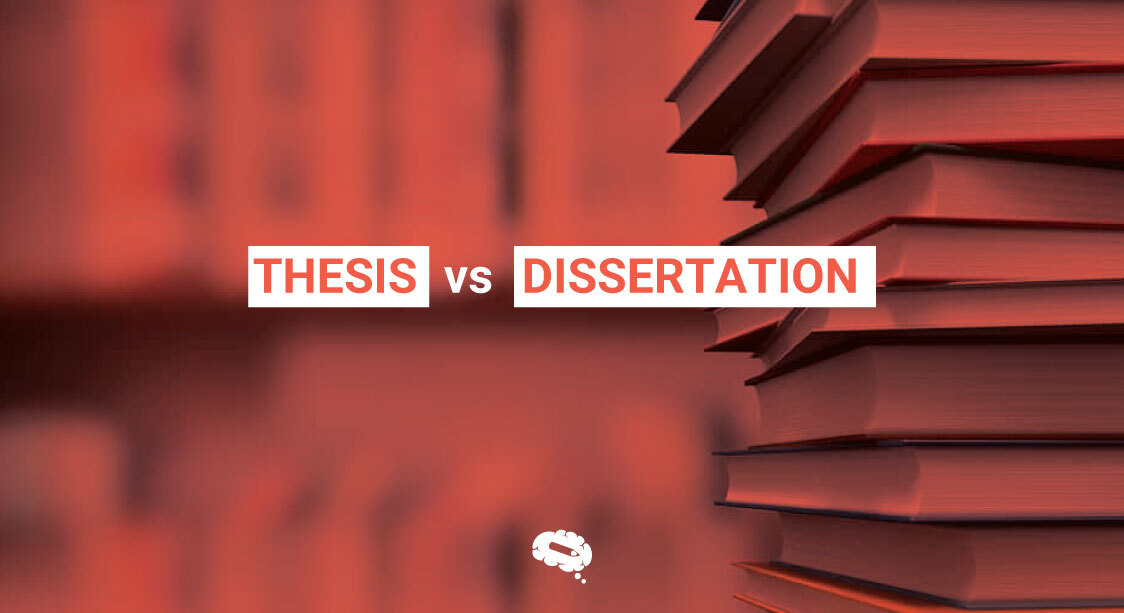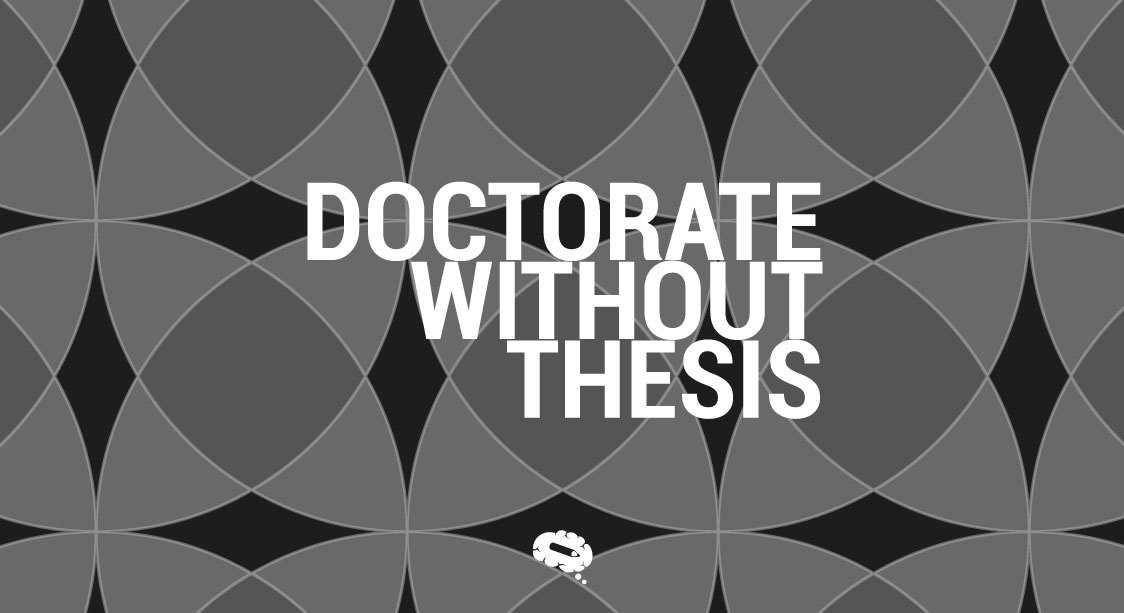When it comes to how to restate a thesis, write essays, or make a point, your thesis statement is like the heart of your argument. It sets the tone and direction for everything that follows. However, many people overlook the importance of bringing the thesis statement back into focus at the end.
Restating a thesis in the conclusion is crucial. It reminds the reader of the main point that has been made throughout the writing. It’s a way to reinforce the argument and leave a strong final impression.
This article examines the importance of restating a thesis. It will discuss how this practice clarifies the message, reinforces the main idea, and ensures the writing feels complete. By understanding the significance of this step, we can appreciate how it enhances the effectiveness of idea communication.
Understanding a Thesis Statement
A thesis statement is a concise declaration that summarizes the main point or claim of an essay or research paper. It typically appears near the beginning of the paper, often in the introduction, and it presents the writer’s stance on the topic being discussed.
The primary purpose of a thesis statement is to guide the reader through the writer’s argument. It is like a roadmap for the paper, outlining the main idea and the direction of the discussion that will follow. A well-crafted thesis statement helps to clarify the scope of the topic and sets the tone for the entire piece of writing.
In essence, a thesis statement not only informs the reader about the central point of the essay but also helps the writer stay focused and organized as they develop their arguments and present their evidence. It is a crucial element that shapes the coherence and effectiveness of the entire paper.
Key Elements Of A Strong Thesis
A strong thesis statement embodies several essential elements that are crucial for effective communication and argumentation:
Clear and Concise Language
A strong thesis statement written in clear and straightforward language avoids ambiguity and communicates the writer’s position or argument on the topic. This clarity helps both the writer and the reader understand the central message of the paper from the outset.
Specificity and Focus
A strong thesis statement is specific and focused. It addresses a particular aspect of the topic and provides a clear direction for the paper. By narrowing down the scope of the discussion, specificity ensures that the thesis statement remains manageable and allows for a more in-depth exploration of the issue at hand.
Argument or Main Point
A strong thesis statement presents a distinct argument or main point. It goes beyond stating a fact or observation; instead, it asserts a position that the writer intends to support and justify throughout the paper. This argumentative stance gives the thesis statement its persuasive power and guides the development of the entire essay or research paper.
A strong thesis statement combines clear and concise language with specificity and focus while presenting a clear argument or main point. These elements work to establish a strong foundation for the writer’s argument and ensure coherence and direction in the paper’s structure.
Related article: What is a Thesis Statement and How to Write It?
The thesis statement is fundamental to restating a thesis because:
Reinforces the Central Argument: The thesis statement is the core argument or claim of your essay or research paper. Restating it in the conclusion reinforces this central argument, reminding readers of the primary focus and purpose of your work.
Provides Consistency: A clear and consistent restatement of the thesis ensures that your paper maintains a coherent narrative. It ties together the introduction, body, and conclusion, providing a unified and well-structured argument.
Emphasizes Importance: By restating the thesis, you emphasize the significance of your argument or research. It helps to highlight why your work matters and what contribution it makes to the field or topic you are discussing.
Creates a Strong Conclusion: Restating the thesis in the conclusion provides a sense of closure and reinforces the main takeaways of your paper. For tips on crafting an excellent thesis conclusion, check out this helpful article: “How to Write a Conclusion for a Research Paper“.
Engages the Reader: A well-restated thesis can re-engage the reader, encouraging them to reflect on the arguments and evidence presented. It ensures that the central message of your paper is effectively communicated.
Techniques for Restating a Thesis
When concluding an essay or research paper, effectively restating your thesis statement can enhance the clarity and impact of your overall argument. Here are some key techniques for restating a thesis:
Maintaining the Original Meaning
How to restate a thesis: When concluding your essay or research paper, it’s essential to maintain the original meaning of your argument in the restatement of your thesis statement. This ensures clarity and coherence throughout your writing. Here’s how to achieve this:
- Ensure the restated thesis accurately reflects the original argument: The restatement should capture the essence of your original thesis statement without altering its core message. This involves rephrasing the thesis using different words and sentence structures while preserving its central idea and intent.
- Do not introduce new ideas or concepts: Avoid introducing new information or arguments in the restated thesis. The conclusion is not the place to introduce fresh insights or expand on additional points that were not covered in the body of your essay or research paper. Instead, focus on summarizing and reinforcing the main argument that has already been developed.
Ensuring consistency and clarity in your writing involves maintaining the original meaning of your thesis statement when restating it in the conclusion. This approach reinforces your main argument and leaves a strong final impression on your reader, effectively summarizing the insights and findings presented in your paper.
Paraphrasing
Paraphrasing your thesis statement means expressing the central idea using different words and sentence structures while preserving the original meaning. This technique is used for several important purposes:
- Avoiding Repetition: Paraphrasing prevents your conclusion from sounding redundant by presenting your thesis statement in a new light. It keeps the reader engaged and shows your ability to reframe ideas without losing clarity.
- Enhancing Clarity: By using varied language and sentence structures, paraphrasing can clarify your thesis statement further, making it easier for the reader to grasp the significance of your argument.
- Maintaining Original Meaning: While rephrasing, ensure that the essence and intent of your original thesis statement remain intact. This entails conveying the same core message but in a new and insightful manner.
Example of Paraphrasing:
Original Thesis Statement: “Climate change poses a significant threat to global biodiversity.”
Paraphrased Restatement: “The impact of climate change on worldwide biodiversity is a critical concern that demands urgent attention.”
In this example, the paraphrased restatement maintains the original meaning—that climate change is a serious threat to biodiversity—while presenting it in a slightly different way to emphasize urgency and broaden the perspective.
Emphasizing Key Points
When restating your thesis, emphasizing key points means highlighting the most critical aspects of your argument and reinforcing their significance. This technique serves several important purposes:
- Reinforcement of Central Ideas: By emphasizing key points, you remind the reader of the main arguments and evidence that support your thesis statement. This reinforcement helps to solidify your argument in the reader’s mind and reinforces the validity of your perspective.
- Summarization: Emphasizing key points allows you to succinctly summarize the main ideas discussed throughout your essay or research paper. This summary helps to bring closure to your argument and provides a clear overview of the insights gained from your analysis.
- Significance and Implications: Highlighting the significance of your key points, you can discuss the broader implications of your thesis statement. This discussion can connect your argument to larger themes, contexts, or real-world applications, demonstrating the relevance and importance of your research or analysis.
Example of Emphasizing Key Points:
Original Thesis Statement: “Education is the key to empowering individuals and promoting social equality.”
Restatement with Emphasis: “Throughout this essay, we have explored how education serves as a transformative force, empowering individuals to break barriers and fostering a more equitable society. By equipping individuals with knowledge and skills, education becomes not just a tool for personal advancement but a catalyst for societal change.”
In this example, the restatement emphasizes the transformative power of education and its role in promoting social equality, while also summarizing the main points discussed in the essay.
Examples of Restated Thesis Statements
These examples demonstrate how restating the thesis statement in the conclusion can summarize the main argument while adding depth or context that reflects the insights gained throughout the essay or research paper.
Example 1
- Original Thesis: “The advancement of artificial intelligence poses ethical dilemmas regarding privacy and autonomy.”
- Restated Thesis: “In conclusion, the ethical implications of advancing artificial intelligence extend beyond technological progress, raising profound concerns about individual privacy and autonomy in an increasingly interconnected world.”
Example 2
- Original Thesis: “Effective communication is essential for fostering positive workplace relationships.”
- Restated Thesis: “To summarize, cultivating effective communication skills within the workplace is not merely advantageous but crucial for nurturing productive relationships and fostering a collaborative environment.”
Example 3
- Original Thesis: “Renewable energy sources are necessary for reducing global dependence on fossil fuels.”
- Restated Thesis: “In conclusion, the adoption of renewable energy sources is imperative for diminishing our global reliance on fossil fuels and promoting a more sustainable future.”
Example 4
- Original Thesis: “Social media platforms significantly impact the self-esteem of teenagers.”
- Restated Thesis: “To summarize, social media’s influence on teenagers’ self-esteem is profound, necessitating mindful usage and awareness to mitigate potential negative effects.”
Refining Your Thesis Restatement
Refining your thesis restatement is the process of carefully crafting and polishing the statement that summarizes the main argument presented in the conclusion of your essay or research paper. It ensures that this restated thesis accurately reflects and emphasizes the key points and findings discussed throughout your work.
The goal is to achieve clarity, coherence, and persuasive impact, reinforcing the significance of your research or essay topic to leave a strong impression on the reader. This refinement process also focuses on using clear language and tone to communicate the main ideas and conclusions of your paper effectively. It is essential for several reasons:
Refinement: This step requires careful attention to detail in adjusting and improving your thesis statement to ensure it succinctly captures the essence of your main points.
Accuracy: The restated thesis should accurately represent the core arguments and findings discussed throughout your paper, providing a clear and concise summary.
Clarity: It’s important to review the restatement for clarity and coherence, ensuring that it effectively communicates your conclusions to the reader without ambiguity.
Language and Tone: Choosing appropriate language and tone is crucial as it helps in conveying your message clearly and leaving a strong impression on the reader. This includes avoiding jargon or overly complex language that may obscure your main points.
Relevance: By refining your thesis restatement, you strengthen the relevance and persuasive impact of your central argument. This ensures that your conclusion effectively reinforces the significance of your research or essay topic.
Refining your thesis restatement through careful revision enhances the overall effectiveness of your conclusion, providing a clear and compelling summary of your paper’s key points and findings.
Common Pitfalls to Avoid
When restating your thesis statement in the conclusion of your essay or research paper, it’s important to steer clear of certain pitfalls that can diminish the effectiveness of your conclusion. One common pitfall to avoid is:
Avoiding Clichés
Restating your thesis with clichéd language can weaken the impact of your conclusion and make it less memorable to the reader. Here’s how to navigate this:
- Steer clear of overused phrases and terms: Phrases like “In conclusion,” “To sum up,” or “In summary” are common but can sound formulaic and uninspired if overused. Consider using alternative phrases or structuring your conclusion in a more creative manner to maintain reader engagement.
- Keep the language fresh and unique: Instead of relying on clichéd language, strive to use fresh and unique language that reflects the specific nuances of your argument. This not only keeps your conclusion engaging but also reinforces the originality and significance of your thesis statement.
Repetition Without Adding Value
Simply repeating the thesis statement without adding any new insights can make your conclusion feel redundant. Instead:
- Expand on the original thesis: Highlight the implications of your argument or how your findings contribute to the field. This approach adds depth and demonstrates a thorough understanding of the topic.
- Reflect on the broader context: Discuss the broader implications of your thesis. This helps to show the significance of your argument beyond the scope of your paper.
Lack of Specificity
A vague restatement of your thesis can leave the reader unclear about your main argument. To avoid this:
- Be precise and clear: Ensure your restated thesis is specific and clearly reflects the core message of your paper. Avoid generalizations that can dilute the impact of your conclusion.
- Summarize key points: Briefly summarize the key points that support your thesis, providing a clear and concise wrap-up of your argument.
Introducing New Information
Introducing new arguments or evidence in your conclusion can confuse the reader and disrupt the flow of your paper. To maintain coherence:
- Stick to the main points: Focus on restating the thesis and summarizing the main arguments presented in the body of your paper. Avoid introducing new information that wasn’t covered earlier.
- Ensure coherence: Make sure your restatement logically follows from the preceding discussion and ties together the key points.
Overly Complex Language
Using overly complex or technical language in your restatement can alienate readers and obscure your main argument. To ensure clarity:
- Use straightforward language: Restate your thesis in clear and accessible language. This makes your conclusion more impactful and easier to understand.
- Focus on clarity: Prioritize clarity and simplicity in your language to ensure your restated thesis effectively communicates your main argument.
Online Scientific Design Tool For Your Classes, Speeches, Papers, And Much More
Mind the Graph is an online platform designed specifically for scientists, providing a rich library of scientifically accurate illustrations and customizable templates. This tool simplifies the creation of visually compelling content tailored for academic presentations, research papers, and professional materials. By enabling the integration of intricate scientific data into graphical abstracts, posters, and presentations, Mind the Graph empowers researchers to effectively convey their discoveries to diverse audiences. Its user-friendly interface and collaborative functionalities enhance efficiency in scientific communication, fostering innovative approaches to visual storytelling in research and education.

Subscribe to our newsletter
Exclusive high quality content about effective visual
communication in science.

